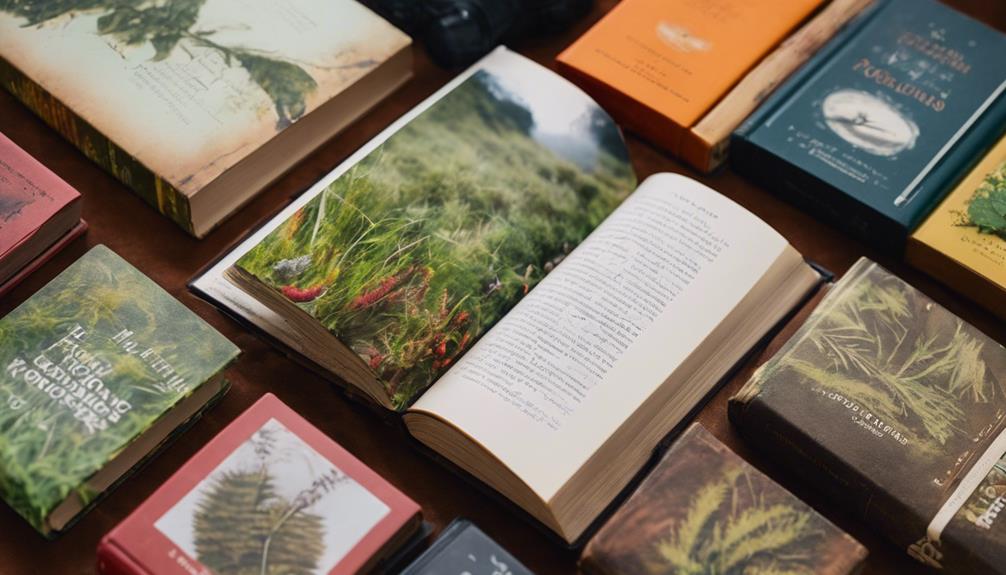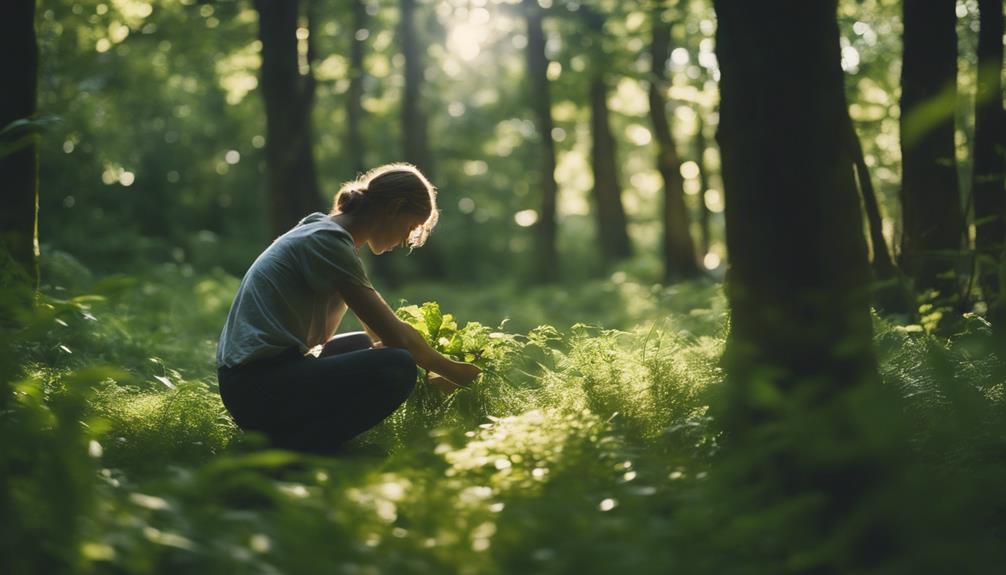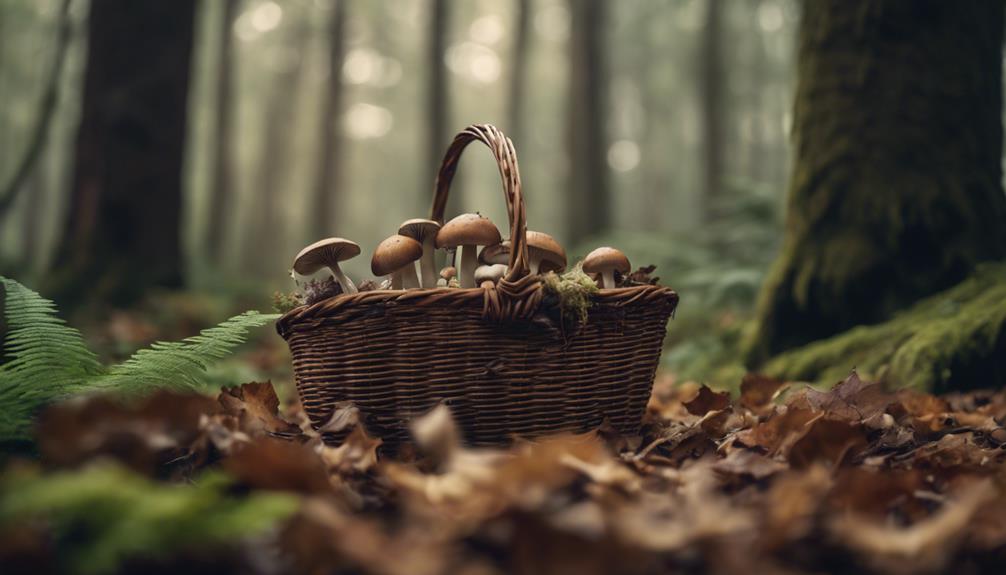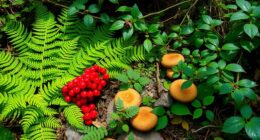As you venture out this August, get ready to forage for a variety of wild edibles! Juicy blackberries, elderberries, and huckleberries are ripe for picking, while figs can be found in wooded areas and abandoned lots. Nutritious greens like dandelions, nettles, and wild garlic are abundant, packed with vitamins and minerals. Woodland edges offer a treasure trove of edibles, including blackberries, hazelnuts, and rowan berries. From the forest floor to woodland edges, August is a prime time for foraging. Discover the best wild foods to find now and uncover the secrets of the season's bounty. You’ll also want to keep an eye out for mushrooms like chanterelles and puffballs that often thrive in moist, shaded areas. These fungi make for delicious additions to your foraging basket when identified properly. With so much available this season, it’s the perfect opportunity to explore the **top wild foods to forage** in your local area, creating flavorful and nutritious meals straight from nature.
Key Takeaways
- In August, forage for juicy blackberries, elderberries, and huckleberries, which are ripe and abundant in woodland areas.
- Wild greens like dandelions, nettles, and wild garlic are rich in vitamins and minerals, and can elevate meals with fresh flavor and nutrition.
- Woodland edges are prime foraging spots in August, offering blackberries, elderberries, hazelnuts, and rowan berries, as well as wild garlic and sorrel.
- The forest floor offers a variety of wild edibles, including blackberries, elderberries, gooseberries, and unique finds like searockets and yucca flowers.
- Be sure to identify plants correctly and handle them safely to avoid toxic options like nightshade, and only harvest what you need to respect nature.
Summer's Sweetest Berry Bounty
As you venture into the wild in August, the sweetest berry bounty of the summer awaits, with juicy blackberries, elderberries, and huckleberries ripe for the picking. This is the prime time for foraging wild berries, and you won't want to miss out on these sweet treats.
But berries aren't the only edible wild plants available in August. You can also find figs in wooded areas and abandoned lots, perfect for snacking or adding to your favorite recipes.
If you're in a region with prickly pear cactus, you can enjoy its fruit, seeds, pads, and flowers, which are all edible and packed with nutrients. When foraging for wild foods, remember to always identify plants correctly to avoid mistakenly eating something toxic, like nightshade.
With a little practice and patience, you'll be enjoying the fruits of your labor in no time. Happy foraging!
Nutritious Greens to Gather Now

Gather a basket of nutritious greens like dandelions, nettles, and wild garlic, which are abundant in August and ready to elevate your meals with fresh flavor and nutrition.
As you forage for these wild edibles, you'll be collecting edible plants that are rich in vitamins and minerals. Dandelions, for instance, offer a rich source of vitamins A and K, while nettles are high in iron.
Wild garlic adds a flavorful punch to dishes, making it a great addition to your culinary creations.
Wild Delights in Woodland Edges

You'll find a treasure trove of wild edibles thriving in woodland edges, where the forest meets the open land, during August. These areas are prime foraging spots, teeming with a variety of wild plants that are ripe for the picking.
Look for blackberries, elderberries, hazelnuts, and rowan berries, which are all abundant along woodland edges this time of year. You might also stumble upon wild garlic, dandelions, and sorrel, adding fresh flavor to your culinary creations.
As you're foraging, remember to respect nature and only harvest what you need, ensuring these areas remain abundant for future foraging adventures. Woodland edges offer a unique opportunity to gather a diverse range of edible food, from sweet berries to savory herbs.
Take your time, and you'll be harvesting wild delights in no time. So, grab a basket and get ready to uncover the wild delights that woodland edges have to offer!
August's Fruitful Forest Floor

Stepping into the forest in August, you're likely to stumble upon a treasure trove of wild edibles scattered across the forest floor. As you wander through the underbrush, keep an eye out for juicy blackberries, elderberries, and gooseberries ripening on the bushes. These sweet treats are perfect for snacking on the go or adding to your favorite recipes.
But berries aren't the only edible plants waiting to be discovered. Foragers can also find a variety of herbs like dandelion flowers, purslane, and chicory blooms, adding a burst of flavor to salads, soups, and sandwiches.
As you explore the forest floor, be on the lookout for unique finds like searockets with their horseradish-like taste and yucca flowers. With careful handling, you might even stumble upon puffball mushrooms with their medicinal uses. Remember to always identify plants correctly and handle them safely to ensure a fun and fruitful foraging adventure.
Happy foraging!
Edible Treasures in Plain Sight

What hidden gems can you uncover in plain sight, scattered across the forest floor and lurking in abandoned lots, waiting to be transformed into sweet treats and savory delights?
As you venture out on your August foraging adventure, keep an eye out for wild raspberries, blackberries, elderberries, and gooseberries, which are ripe for the picking.
You might also stumble upon prickly pear cactus, offering multiple edible parts, including fruit, seeds, pads, and flowers. Figs, commonly found in wooded areas and abandoned lots, are plentiful and ripe in August.
As you forage, be sure to focus on safe and edible options, avoiding toxic plants like nightshade. You might be surprised to find unique treasures like huckleberries, thimbleberries, and red huckleberries, adding variety to your foraging haul.
With a keen eye and a bit of knowledge, you can uncover a treasure trove of edible delights in plain sight.
Frequently Asked Questions
What Is the Best Month to Go Foraging?
You're wondering what's the best month to go foraging? Well, in general, late summer is ideal, but specifically, August stands out as a prime month, offering a diverse range of wild edibles ripe for the picking!
What Is the Forage in Summer?
As you venture into the summer wild, you'll find a treasure trove of flavors, like a secret garden unfolding its riches. You'll discover succulent berries, aromatic herbs, and hidden mushrooms, waiting to be unearthed, just for you.
What Are Popular Foraging Foods?
You're looking for popular foraging foods, and in August, you'll find wild raspberries, blackberries, elderberries, and gooseberries ripe for the picking, along with prickly pear cactus fruit and figs in wooded areas.
What Is the Best Season for Forage?
You'll find that the best season for foraging varies depending on your region, but generally, late summer and early fall are the most abundant times, with peak harvesting usually happening in August.
Conclusion
You've got this! Don't let fear of misidentification hold you back from foraging. Start with easy-to-spot species, and consult multiple field guides to build your confidence.
Remember, experienced foragers began somewhere, and practice makes perfect. Get out there, observe, and harvest responsibly – your taste buds and health will thank you.
Happy foraging!










